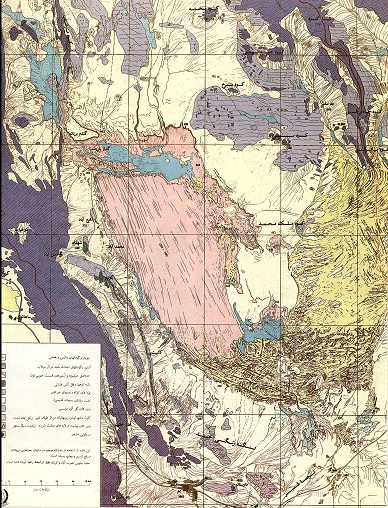Document Type : Research Paper
Author
Assistant Professor, University of Isfahan
Abstract
Until thirty years ago, tourism and international travel were considered to be a luxury and fantasy even for quite wealthy people, while today the tourism industry has become one of the
world's largest industries.
The number of international tourists which had not exceeded 25 million in 1950 has risen to more than 500 million in 1993. During this period, revenues from this industry grew from $ 2.1 billion to $ 304 billion. According to the World Tourism Organization, the share of the Middle East, Southwest Asia and North Africa in this revenue has been only 4 percent, while Spain's income alone exceeds the oil revenue of all the Persian Gulf neighboring states, the Indonesian share is worth $ 3.3 billion, and France's share of the industry is nearly $ 100 billion.
Undoubtedly, due to the diversity of weather, ancient history, several ancient and pilgrimage monuments, exquisite scenery, beautiful geographic landscapes and artworks, our country has a special potential in tourism industry which, if given due attention, it can soon become one of the
world's largest tourist poles. But it should be noted that one of the realities of the tourism industry in each country is that this industry is not essentially either fortunate or despised, although there is no doubt that the development of this industry is very constructive in terms of foreign exchange earnings and added value, creation of employment, revitalizing weak local economies and cultural exchanges, but it is extremely undesirable if this industry is effective in destroying natural environments and in particular damaging culturally valuable spaces. Therefore, while, culturally, developing this industry leads to solidarity between nations and ultimately to international peace and understanding, and it also has countless economic advantages, but its growth and development is viewed in some international circles with concern and skepticism because of some negative effects. This article attempts to analyze the tourism industry in Iran and the province of Sistan and Baluchestan.

